Well, you are not imagining things. Indeed, a layer of soapy bubbles has been floating on the service of the toxic water. This is not in any way related to the Superfund clean-up of the canal. (It will take a lot more than soap to rid the Gowanus of toxins.)
No, the problem stems from the newly refurbished Gowanus Flushing Tunnel at 201 Douglass Street.
In 2014, the New York City's Department Of Environmental Protection (NYC DEP) competed upgrades of the Gowanus Facilities, which included the flushing tunnel and three giant pumps, that are designed to bring water from the East River and from Buttermilk Channel into the canal to improve water quality. The cost of the project was approximately $140 million.
The three pumps were tested and put into operation last spring.
Unfortunately, the pumps are located right next to the largest Combined Sewer Overflow (CSOs) at the top of the Gowanus Canal. The pumps are so powerful that they introduce massive amounts of air and movement into the water, which stirs up the the household soaps and fats that we all pour down our drains and which the City dumps into the canal during rain events.
The soapy slime which is created at the top of the canal at Douglas Street then slowly flows down towards the harbor.
Unfortunately, the pumps are located right next to the largest Combined Sewer Overflow (CSOs) at the top of the Gowanus Canal. The pumps are so powerful that they introduce massive amounts of air and movement into the water, which stirs up the the household soaps and fats that we all pour down our drains and which the City dumps into the canal during rain events.
The soapy slime which is created at the top of the canal at Douglas Street then slowly flows down towards the harbor.
As we all know by now, the City of New York allows a diluted mixture of rain water and sewage (CSO) to overflow into the Gowanus during heavy rains when the sewer system is at full capacity.
All our dishwashing liquid, laundry detergent, shower gel and cooking grease of course finds its way into the canal during these CSO events as well.
The propellers of the Flushing Tunnel act like a giant blender, mixing up a milk shake.
What is surprising is that all the foaming has happened during a very dry period here in New York.
Imagine what the bubbles will look like during a rainy period with several CSO discharges into the Gowanus.
If you would like to ask NYC DEP about this and other Gowanus water issues, please attend the agency's CSO Long Term Control Plan Public Meeting scheduled for Thursday, May 14, 6 PM at PS 32. See notice below. Please be so kind as to let your neighbors know about the meeting as well.

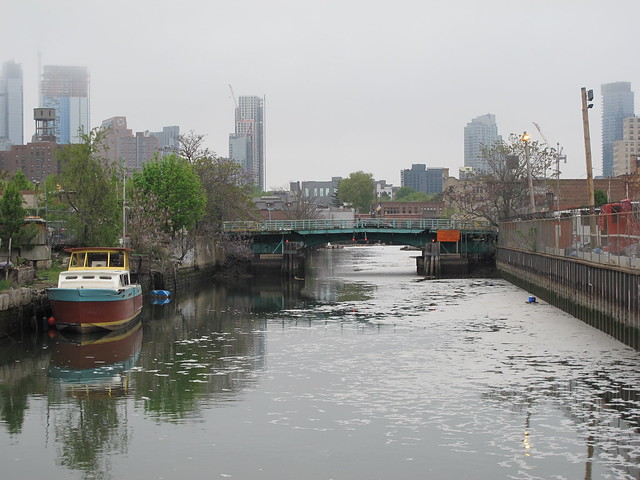
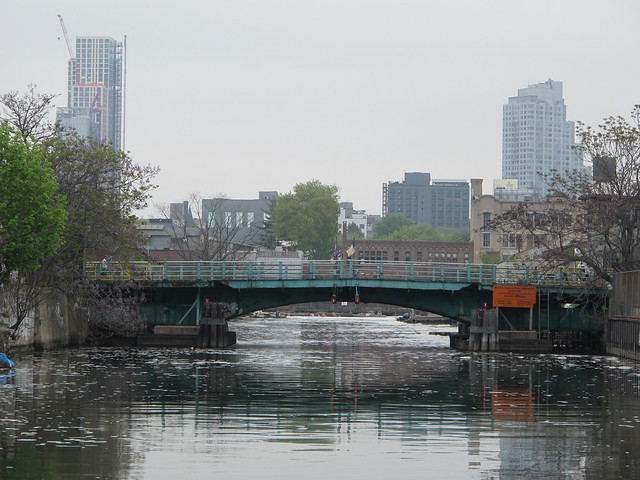
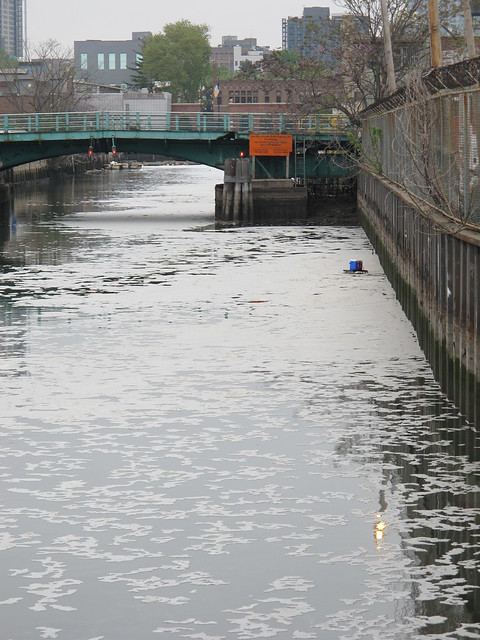
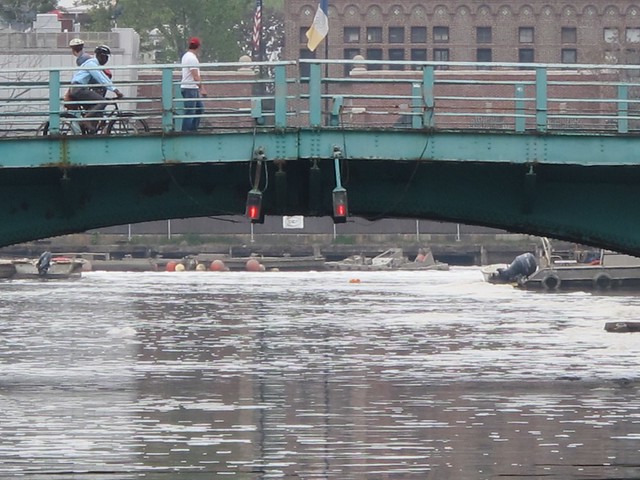
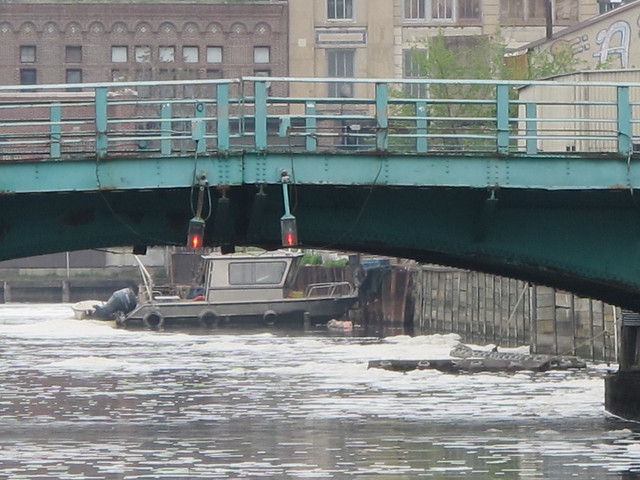
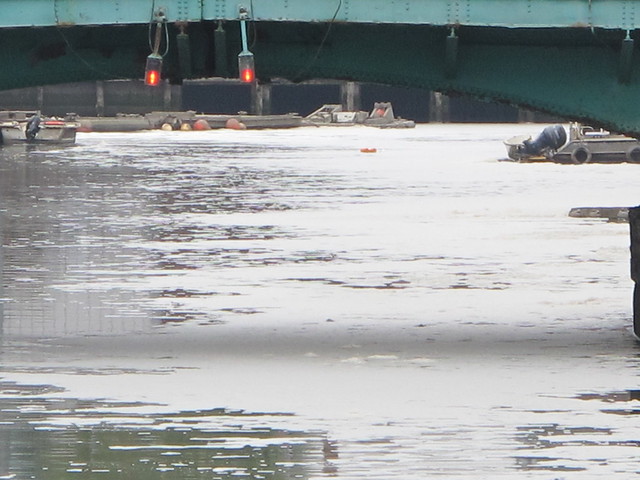
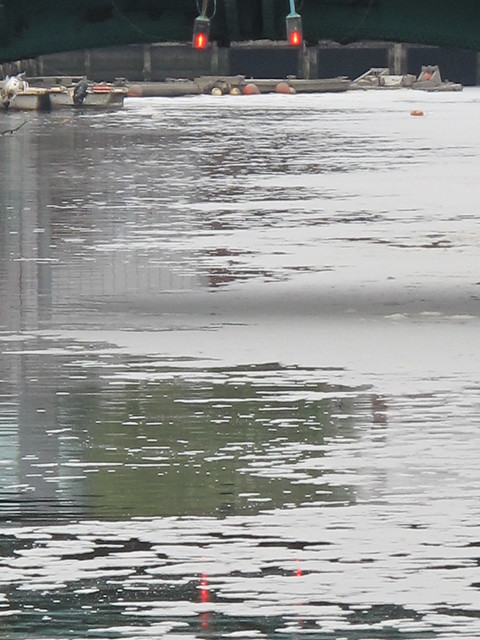
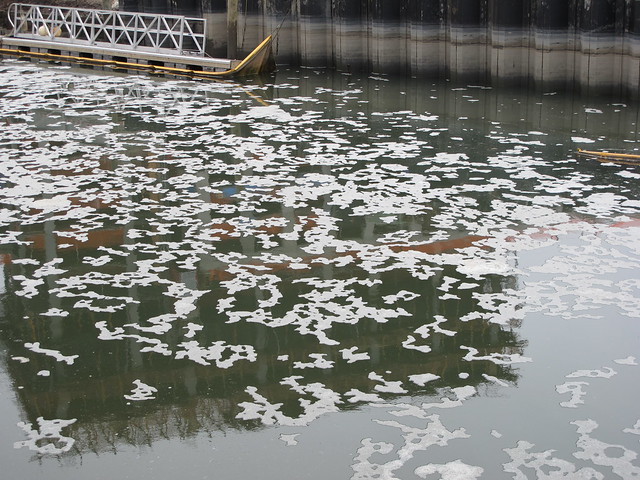







.JPG)

5 comments:
Why not dig up Gowanus Canal, and replace it with landfill? It's beyond ugly and polluted.
Hahah. OMG dear anonymous-
Do you not understand what a canal is let alone what the Gowanus Canal is and it's history?
If only it were that simple.
Anon on May 12:
If Park Slope did not have the canal to drain into, it would flood out the buildings in the Gowanus and Carroll Gardens, unless you are advocating they land-fill all the way to the height of Court Street.
It has been an oh-so-dry April. There hasn't much rain, certainly nothing that has the intensity that the DEP speaks of which causes CSO events.
So is the foam, caused by aeration of sewage, evidence that the sewage is flowing into the canal even during these dry days where the is no rain.
Does the notion that CSO in Gowanus are caused only by rain events need to be corrected? Are CSO events an every day occurrence in Gowanus, even during dry periods?
Will the DEP have any answers for the community at the meeting this week? Or will they be like all the other DEP community meetings--some PR show to gloss over that they aren't going to really rollup their sleeves and fix the Gowanus sewage infrastructure problem?
I very much doubt this has any thing to do with type of shampoo anyone is using.. Dry weather sewage into the canal is forbidden.. Has anybody seen or reported a pipe flowing during this dry weather?
Post a Comment